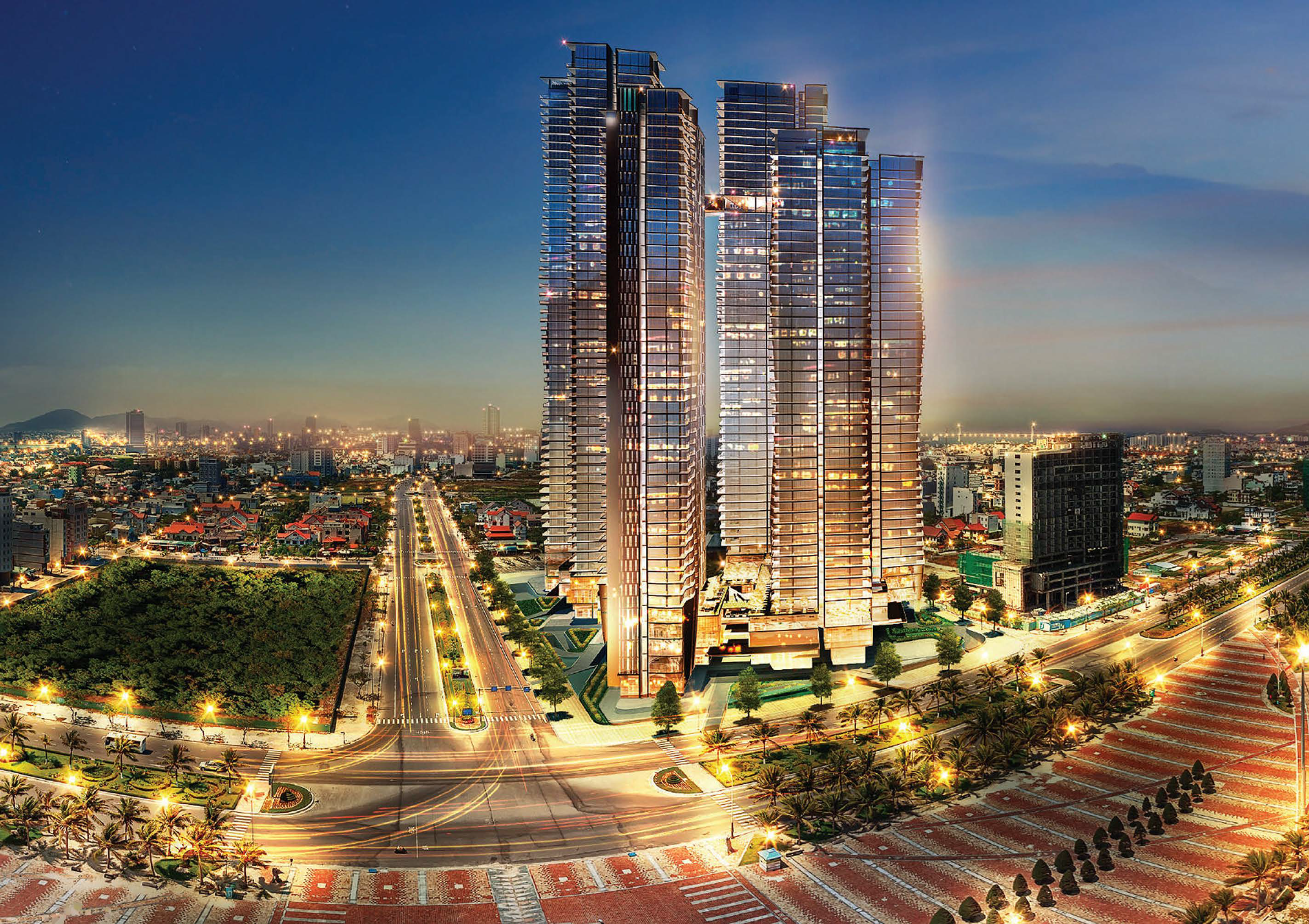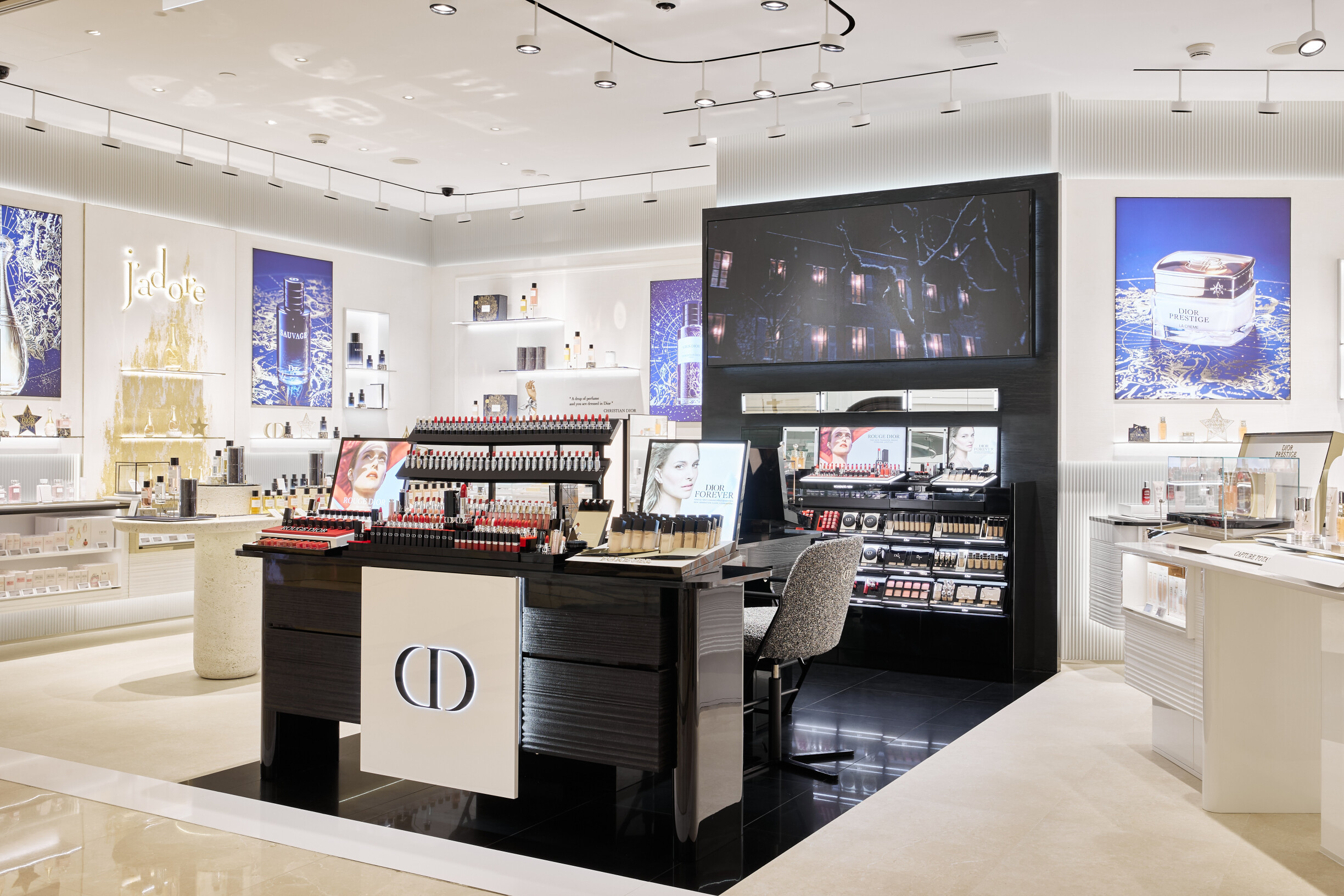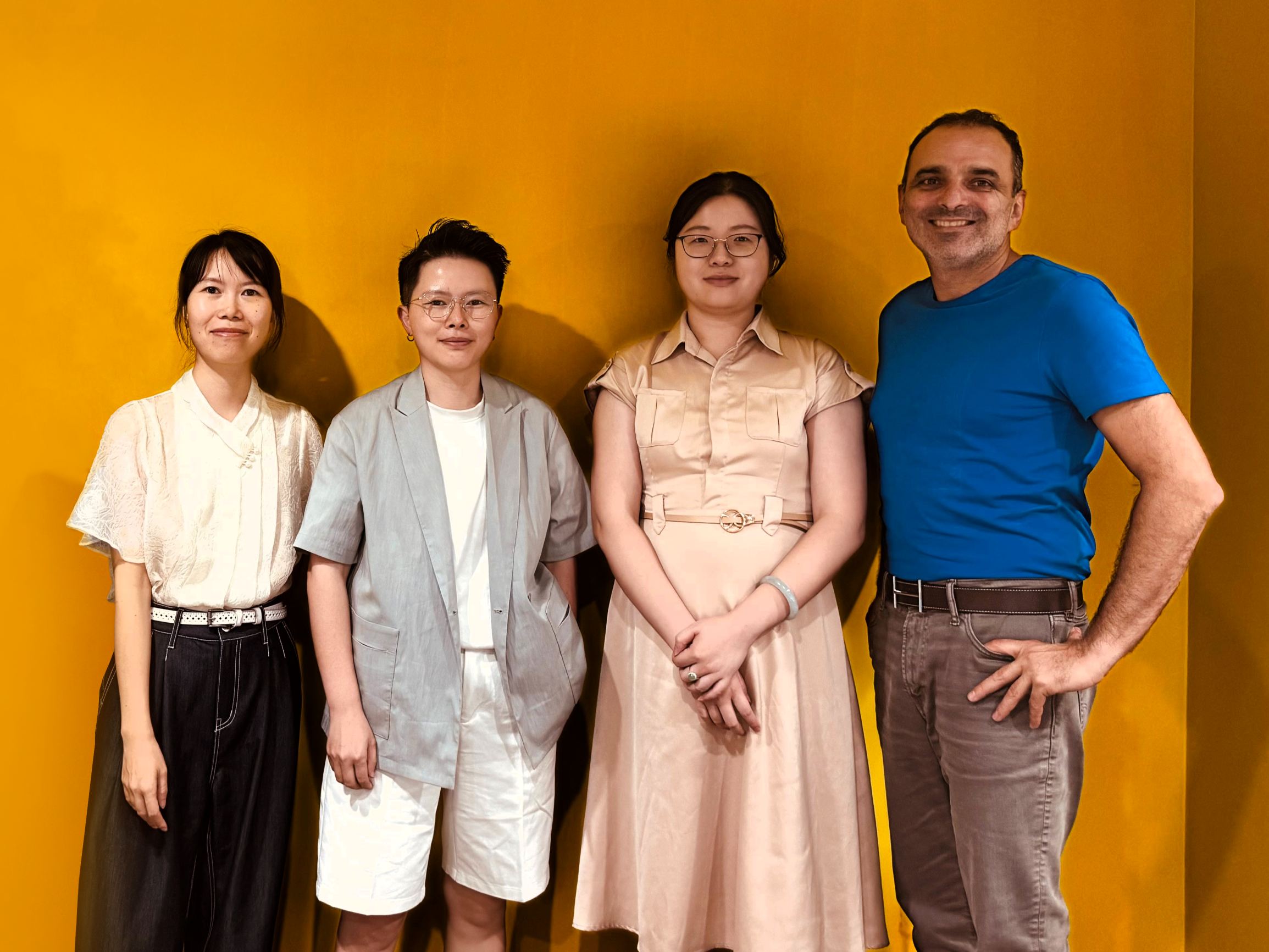Boris Duhamel is a renowned lighting designer with a deep passion for creating immersive and impactful lighting experiences. As the founder of Baseline Lighting Design Studio, his vision has shaped the studio into a leader in the luxury retail and high-end hospitality industries. Boris’s expertise lies in his ability to combine creativity with practicality, designing lighting that not only enhances the aesthetic appeal of a space but also elevates the atmosphere and customer experience.
His approach to lighting design is rooted in a belief that lighting is a powerful tool to influence emotions and perceptions. With a keen understanding of how lighting interacts with architecture and interior design, Boris brings a unique perspective to each project, ensuring that the lighting complements and amplifies the design's overall concept.
Boris is also committed to sustainability and environmental responsibility. Under his leadership, Baseline Lighting Design Studio has earned an EcoVadis Silver certification, and he has ensured that his team of designers are trained as LEED Green Associates, applying the best sustainable practices to every project. His ability to balance innovative lighting solutions with eco-consciousness has earned him respect and recognition in the design world.
Beyond his technical and creative skills, Boris Duhamel is deeply dedicated to his clients, providing hands-on consultation and guidance throughout each stage of the design process. His work reflects a commitment to excellence and a passion for transforming spaces through the art of light.
Helena Costa: Where does your passion for architecture come from?
Boris Duhamel: My passion for architecture stems from a deep appreciation for the interplay between nature, people, space & light. I was always fascinated by how different environments could evoke various emotions and experiences.
I realized that light is not just a functional element; it shapes the way we perceive and interact with our surroundings; it is perfume to architecture! This understanding inspired me to focus on lighting design, as it plays a crucial role in architecture scenography and can transform a space dramatically. At Baseline Lighting Design Studio, we strive to create environments that fulfil aesthetic needs as well as enhance the overall experience of a space. My passion continues to grow as I see firsthand the impact that thoughtful lighting can have on both residential and commercial projects.

HC: What are some of the guiding principles behind your work?
BD: I believe in the power of light as a transformative element in any space as well as emotional trigger. Light can change the perception of a room, enhance architectural features, and influence the mood of its visitors. Light is emotion! This understanding drives us to create designs that thoughtfully integrate natural and artificial lighting. Sustainability is another core principle. At Baseline Lighting Design Studio, we strive to design spaces that are not only beautiful but also environmentally responsible.
This means prioritizing energy efficiency and considering the lifespan of our designs. We aim to create spaces that respect and enhance their surroundings, contributing positively to the environment. Collaboration is also central to our process. We work closely with clients, architects, and other stakeholders to ensure that our designs reflect their vision while also pushing the boundaries of creativity. This collaborative spirit fosters innovation and leads to solutions that are both functional and artistically compelling.
HC: In your experience, what are the key ingredients for great designs?
BD: In my experience, the key ingredients for great designs include a deep understanding of the space - the people, their culture, the resources and material, the technology- and its purpose, as well as a strong connection to the surrounding environment. It's essential to consider the needs and experiences of the end-users, ensuring that the design is not only aesthetically pleasing but also functional and accessible.
Collaboration is another crucial element; working closely with architects, clients, and other stakeholders fosters creativity and innovation. Finally, attention to detail and a commitment to sustainability play significant roles in creating designs that are not only beautiful but also responsible and enduring. These ingredients together create a holistic approach that elevates every project we undertake.

HC: In what ways can architects create change and build equity in their communities?
BD: Architects have a unique opportunity to shape the built environment in ways that inspire community well-being. By prioritizing community engagement, sustainability, and inclusivity, architects can design spaces that foster unity, economic resilience, and cultural vibrancy. For instance, designing affordable housing projects and mixed-income developments have different purposes but can both impact their communities. Architects can create community-oriented spaces that encourage social interaction and cultural exchange, thereby strengthening the social fabric of the community.
They can advocate for sustainable design practices that not only protect the environment but also ensure that all community members have access to healthy and safe living conditions.
By integrating natural and artificial lighting thoughtfully, architects can enhance the overall experience of a space and contribute positively to the environment. Collaboration with clients, stakeholders, and the community is also crucial in ensuring that the designs reflect the needs and aspirations of the people who will use the spaces.

HC: Mario Botta says memory and history should be architects’ main sources of inspiration. What do you think about this?
MS: Mario Botta believes that by drawing from the past, architects can create designs that are not only innovative but also deeply rooted in cultural and historical contexts. This approach allows for a continuity of tradition and a respect for the architectural heritage that shapes our built environment.
From my point of view, this philosophy has significant merit. Memory and history provide a rich tapestry of ideas, styles, and lessons that can inform contemporary design. By understanding and integrating these elements, architects can create spaces that resonate with people on a deeper level, evoking a sense of familiarity and belonging. This can be particularly powerful in creating public spaces and buildings that serve as cultural landmarks.
HC: Can you tell us about a successful project of yours?
BD: We recently completed Uma Nota Manila, a brazilian-japanese concept designed by Asmaa Said, Principal at The Odd Duck Studio. It’s a unique dining destination that seamlessly blends the rich culinary traditions of Brazil with the elegance of Japanese cuisine. The restaurant’s atmosphere amplifies the vibrant energy of the space. The key goal for our lighting design team was to create a versatile environment that could transform from a restaurant to a club-like setting with ease. Our lighting designers tackled this challenge by developing a dynamic, theatrical, and sensual lighting scheme that could adapt to the diverse needs of the space. As Uma Nota is located underground, with no windows and no direct exits to the ground floor, we were able to manage light levels very precisely and use less lighting overall.
We created a highly tailored lighting environment without having to account for fluctuating sunlight conditions. Our team also had to design distinctive lighting scenes to cater to the varying moods and activities throughout the day - from the lunchtime ambience to the energetic cocktail hours and the captivating club-like atmosphere that takes over in the evenings.
To maximize the efficiency and effectiveness of the lighting, we integrated the audio-visual (AV) and architectural lighting systems. By using the AV lighting fixtures to provide ambient illumination when not in use for the clubbing, we were able to avoid the need to install duplicate lighting fixtures. This integrated approach allowed for more seamless and tailored lighting scenes, enhancing visual comfort and experience. The use of a hybrid DMX and DALI system allowed us to seamlessly integrate the architectural and decorative lighting with the club-focused lighting that interfaces with the DJ and event programming. This harmony of lighting systems brings the space to life, with colourful illumination dancing in perfect synchronization with the rhythmic melodies that fill the air.
The centrepiece of the room is the hanging tree, which, combined with the daytime lighting scenes, creates a sense of the exterior, blurring the boundaries between indoor and outdoor. The club lighting, consisting of an array of moving heads and RGBW projectors, doubles as the sun and moon, casting captivating shadows throughout the main dining area.
The result is a mesmerizing environment where every detail has been carefully curated to enhance the overall sensory experience for guests.


HC: What has been your most challenging project?
BD: Our most challenging project was Soleil Danang. It is a complex building with four towers of 50 storey each. Three are residential and one is a Wyndham hotel. There is a luxury shopping mall in the lower floor. Lots of landscaping… The biggest challenge was the lighting design of the façade. As the iconic construction is by the sea the façade has been shaped to remind an underwater coral. The lighting effect resembles a coral washed by the movement of the sea.
The challenging part was to design and engineer the lighting integration to create the outdoor effect without polluting the interior of the residential. As the project was phased, we had to create scenes so that each tower could work independently and be integrated seamlessly as a whole once all erected. This was a good example of teamwork and close cooperation between architects, client and lighting designer, a masterpiece.

HC: What is your dream project? Or what kind of house would you want to design for yourself?
BD: My dream project would be luxury eco-resort on stunning natural environment using a maximum of daylight during the day and have spot on illumination at night. A place that would provide addictive & memorable experiences. I’d love to design a bioclimatic house for myself on a secluded cliff facing the ocean. A place knotted to welcome friends & family under the sun.
HC: With changes to climate, technology, and construction, how do you think architects and designers will adapt their ways of practicing and changing the profession?
BD: The architectural profession is evolving towards a greater emphasis on sustainability; utilizing eco-friendly materials and energy-efficient systems to reduce environmental impact is a must. Advancements in technology, such as modelling software and virtual reality, are enhancing collaboration and allowing for better visualization of designs. By embracing these innovations, we can create resilient and adaptable spaces that meet the needs of our communities while prioritizing environmental responsibility.
HC: As you look to the future, are there any ideas you think should be important in the minds of young architects, designers, or interior designers?
BD: For young design Talent it is essential to maintain high level of curiosity to understand how people leave and what people want. They must develop strong adaptability skills with climate care in mind they should think about our habitat should evolve and integrate recycling technology. Would we be able to use the waste of others to create new constructions?